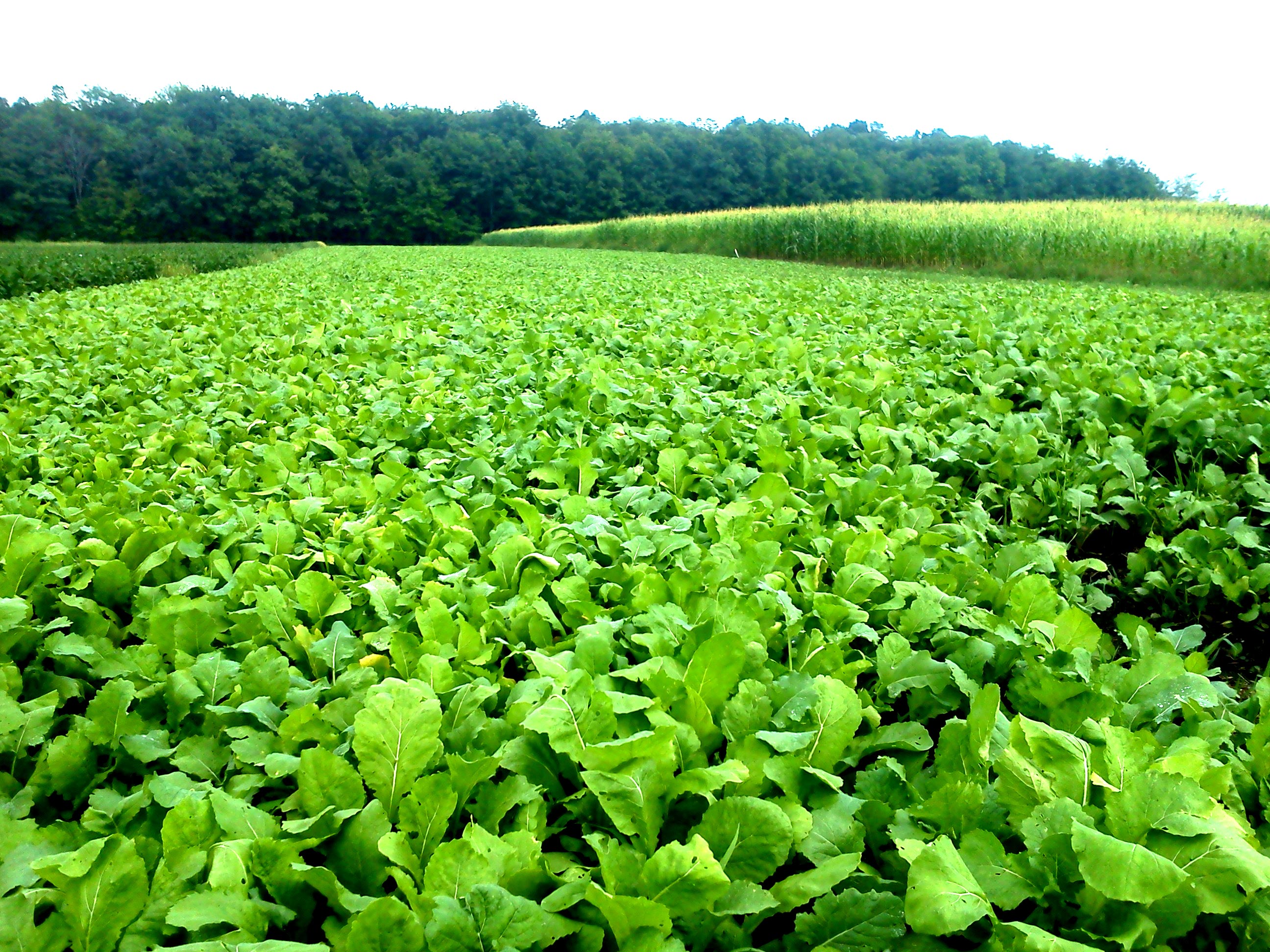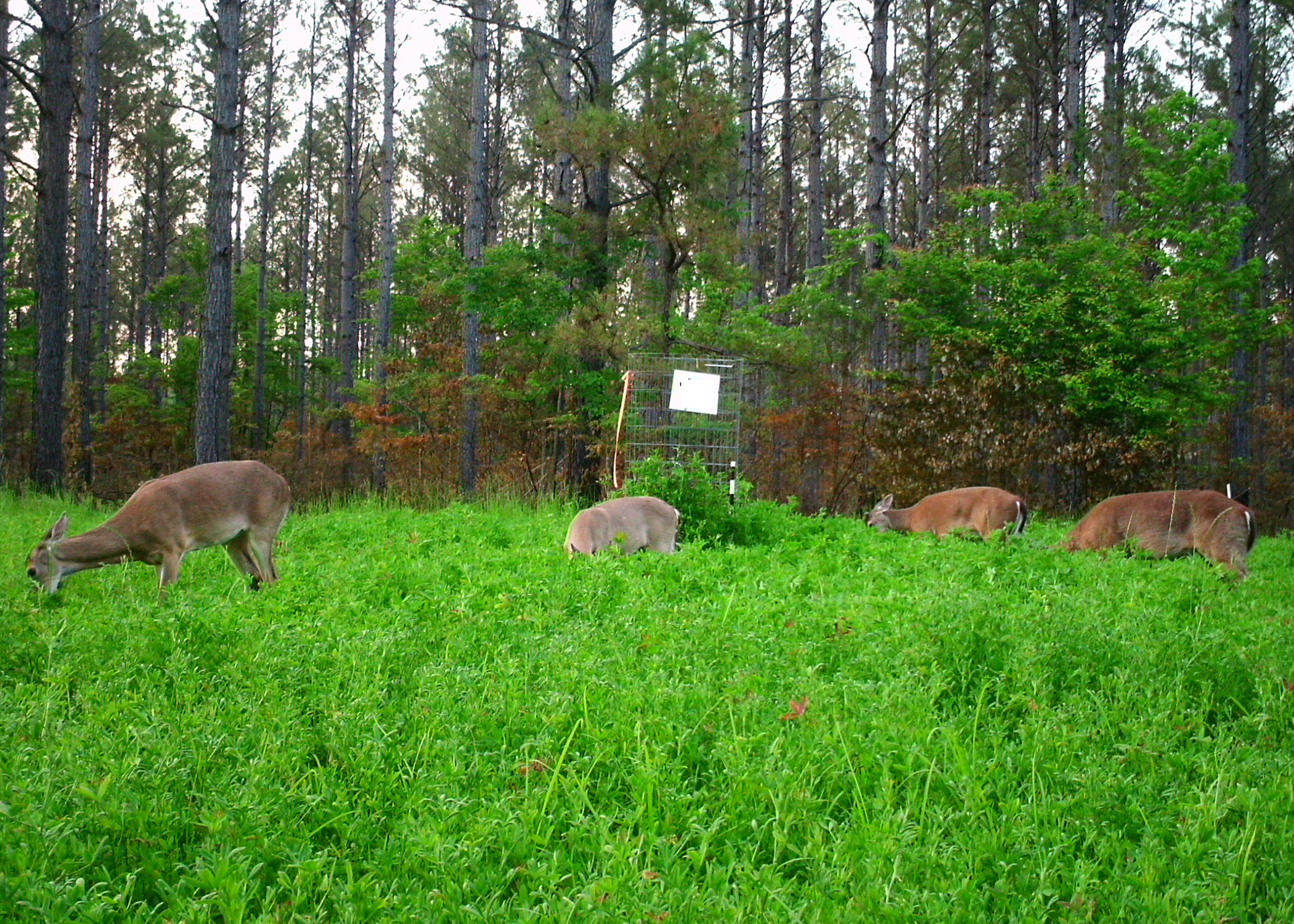Embark on a journey into the world of deer meals plots, the place we discover the artwork of making and sustaining thriving havens for these majestic creatures. From choosing the right location to implementing efficient administration methods, this complete information empowers you with the information to determine and nurture deer meals plots that may appeal to and maintain these beloved animals.
Deer Meals Plot Varieties

Deer meals plots are areas of land which can be managed to supply nutritious meals for deer. There are three fundamental forms of deer meals plots: everlasting, semi-permanent, and annual.
Everlasting meals plotsare established with perennial vegetation that may final for a number of years. These plots are sometimes planted with a mixture of grasses, legumes, and forbs. Everlasting meals plots are the costliest to determine, however they supply essentially the most constant meals supply for deer.
Semi-permanent meals plotsare established with vegetation that may final for 2 to a few years. These plots are sometimes planted with a mixture of annuals and perennials. Semi-permanent meals plots are inexpensive to determine than everlasting meals plots, however they don’t present as constant a meals supply.
Annual meals plotsare established with vegetation that may solely final for one yr. These plots are sometimes planted with a mixture of grains and legumes. Annual meals plots are the least costly to determine, however they don’t present a constant meals supply for deer.
Appropriate Plant Species
The very best plant species for deer meals plots will range relying on the local weather and soil situations in your space. Nonetheless, among the commonest and profitable plant species embrace:
- Grasses:fescue, orchardgrass, ryegrass, wheat
- Legumes:alfalfa, clover, soybeans
- Forbs:chicory, clover, lespedeza
Location and Web site Choice
Choosing an applicable location for a deer meals plot is essential to its success. It ought to meet the precise wants of deer, making certain they readily make the most of the plot.
Think about these components when selecting a location:
Soil Circumstances, Deer meals plots
- Deer want well-drained, fertile soils with a pH between 6.0 and seven.0.
- Conduct a soil take a look at to find out the pH and nutrient ranges of the soil.
- Amend the soil as crucial to attain optimum situations.
Daylight
- Meals plots require at the very least six hours of daylight per day.
- Select a location that receives ample daylight all through the rising season.
Water Availability
- Deer want entry to water inside a quarter-mile of the meals plot.
- Think about making a water supply or planting vegetation that draws water, similar to willows.
Accessibility
- The meals plot needs to be simply accessible to deer.
- Keep away from areas with dense vegetation or steep slopes.
Web site Evaluation and Soil Preparation
Conduct a website evaluation earlier than planting the meals plot. Stroll the world, noting soil situations, daylight availability, and water sources.
Put together the soil by:
- Clearing vegetation
- Tilling the soil to a depth of 6-8 inches
- Amending the soil as wanted
Planting and Upkeep

To determine a thriving deer meals plot, meticulous planning and execution are important. This part delves into the intricacies of planting and sustaining a deer meals plot, encompassing seed choice, planting methods, irrigation practices, and ongoing upkeep methods.
Seed Choice
Choosing the suitable seed mix is paramount to the success of a deer meals plot. Think about the precise dietary wants of deer in your space, soil situations, and desired planting season. Go for a mix that provides a various vary of palatable and nutritious forage choices, similar to clover, alfalfa, chicory, and brassicas.
Planting Methods
Correct planting methods guarantee optimum seed germination and institution. Put together the soil by tilling to a depth of 6-8 inches, eradicating weeds, and amending the soil with fertilizer or lime as wanted. Broadcast the seeds evenly over the ready space and evenly rake them into the soil to make sure good seed-to-soil contact.
Irrigation Practices
Enough moisture is essential for seed germination and plant development. Water the plot often, particularly throughout dry spells. Keep away from overwatering, as it may possibly result in waterlogging and root rot. Make the most of a sprinkler or drip irrigation system for environment friendly water supply.
Ongoing Upkeep
Ongoing upkeep is significant to maintain the well being and productiveness of the deer meals plot. Repeatedly mow or trim the vegetation to stop weed invasion and encourage new development. Apply fertilizer as wanted to replenish soil vitamins and promote plant vigor.
Management weeds by mechanical removing, herbicides, or a mixture of each.
Administration and Looking Methods

Efficient administration and searching methods are essential for optimizing deer meals plots. Rotational grazing and managed searching are key practices that improve plot productiveness and deer attraction. Moreover, particular searching methods tailor-made to meals plots can improve success charges.
Rotational Grazing
Rotational grazing entails dividing the meals plot into smaller sections and permitting deer to graze on one part at a time. This follow prevents overgrazing and ensures a steady provide of high-quality forage. By rotating deer by the sections, vegetation can get better and preserve its dietary worth.
Managed Looking
Managed searching is crucial for sustaining a wholesome deer inhabitants and stopping overbrowsing. By regulating the variety of deer harvested, landowners can be certain that the meals plot stays a beneficial useful resource for the remaining deer. Establishing harvest quotas and monitoring deer numbers by path cameras or different strategies is necessary.
Attracting and Retaining Deer
To draw and retain deer on the property, meals plots needs to be positioned in areas with good pure cowl and water sources. Planting quite a lot of forage species that present vitamin all year long can be useful. Moreover, minimizing human disturbance and offering supplemental minerals can assist preserve deer within the space.
Looking Methods for Meals Plots
Looking methods tailor-made to deer meals plots embrace:
- Stand Looking:Establishing tree stands or floor blinds close to meals plots permits hunters to ambush deer as they arrive to feed.
- Spot-and-Stalk:Transferring cautiously by the meals plot and profiting from cowl to get near deer may be efficient.
- Nonetheless Looking:Remaining immobile for prolonged intervals and ready for deer to strategy is a way that requires endurance and talent.
Fast FAQs: Deer Meals Plots
What are the several types of deer meals plots?
Deer meals plots may be labeled into three fundamental varieties: everlasting, semi-permanent, and annual. Everlasting plots are established utilizing perennial vegetation that final for a number of years, whereas semi-permanent plots make the most of a mixture of perennial and annual vegetation. Annual plots, then again, consist solely of annual vegetation that must be replanted every year.
How do I select the fitting location for a deer meals plot?
Choosing the perfect location for a deer meals plot is essential. Think about components similar to soil situations, daylight availability, water accessibility, and proximity to deer journey routes. Conduct an intensive website evaluation to guage the soil high quality and establish any potential obstacles.
What are some suggestions for planting and sustaining a deer meals plot?
Correct planting and upkeep are important for the success of a deer meals plot. Select plant species which can be palatable to deer and suited to your native local weather. Make use of correct seed choice, planting methods, and irrigation practices. Implement ongoing upkeep measures, together with weed management and fertilization, to make sure the plot stays wholesome and productive.


